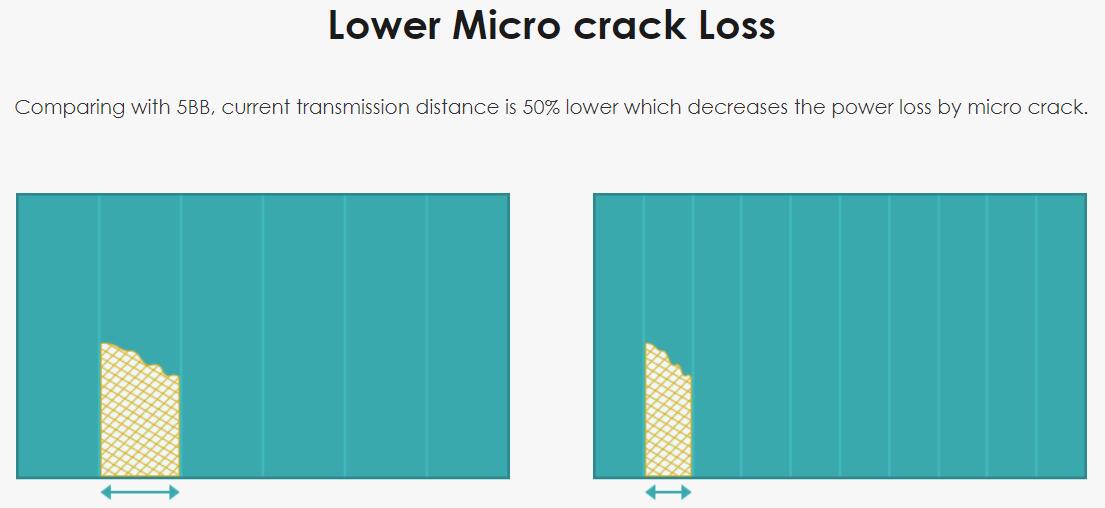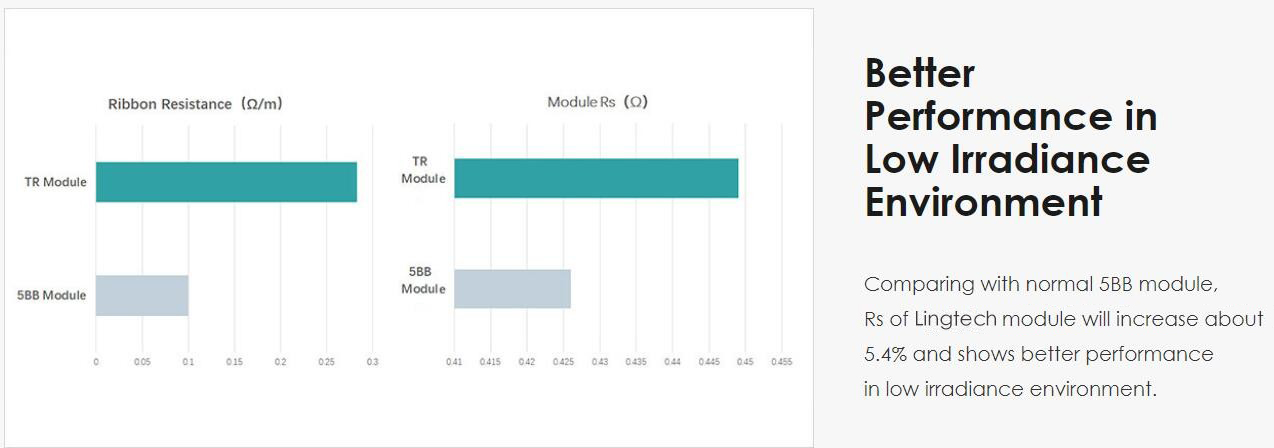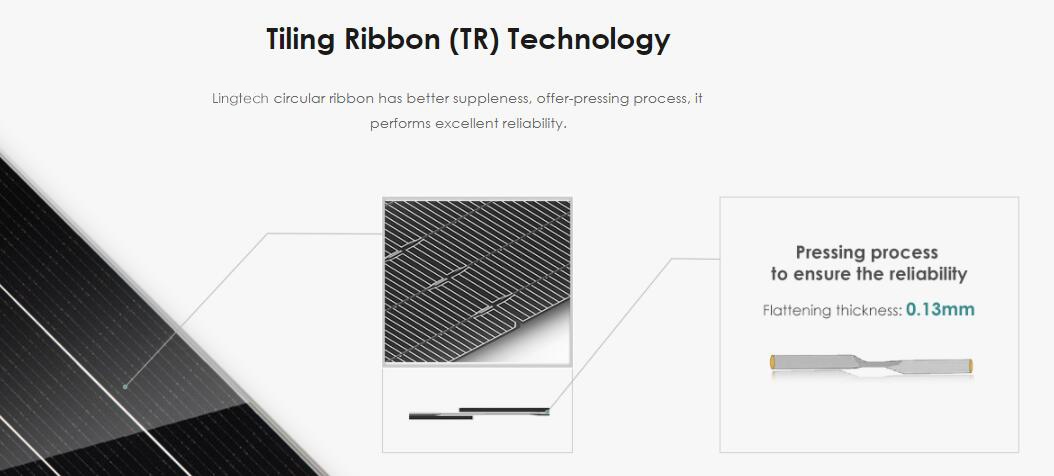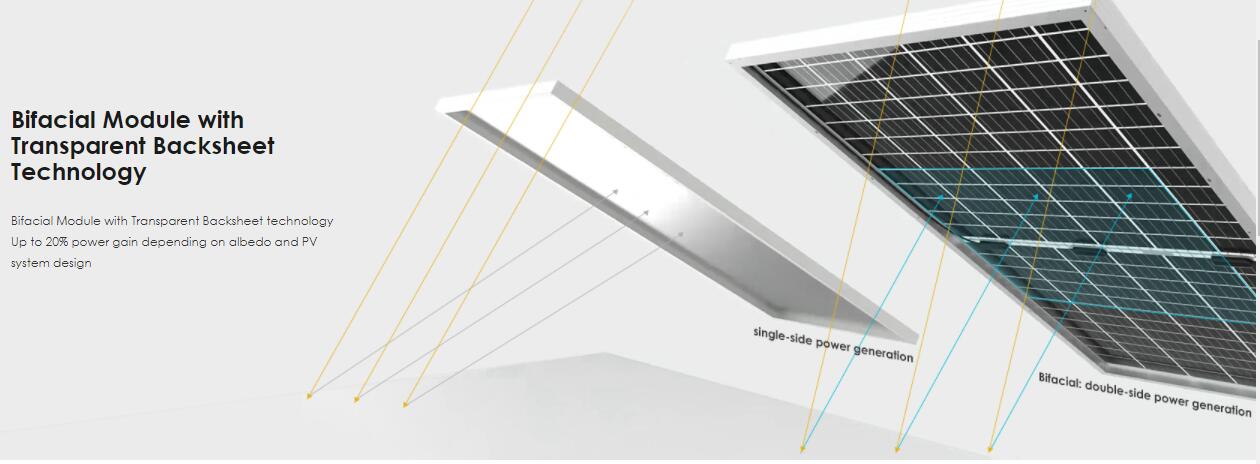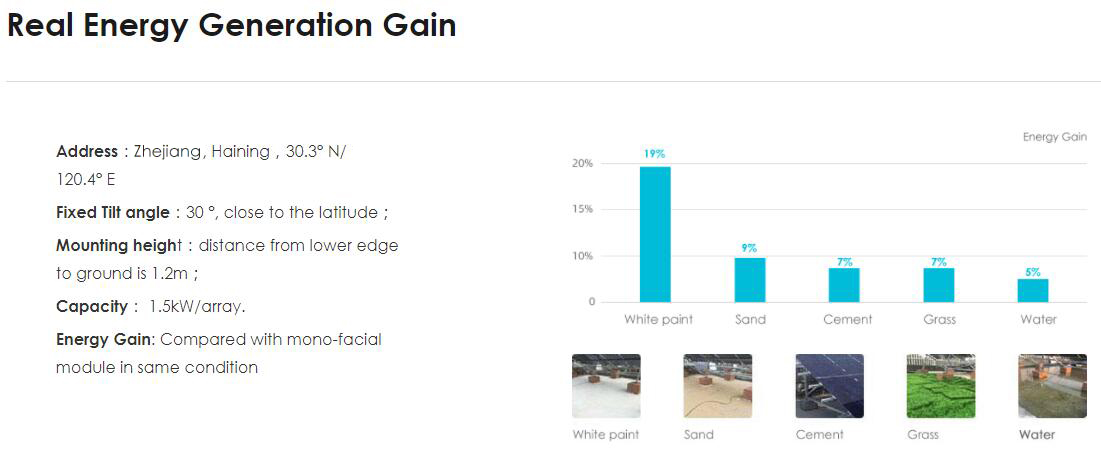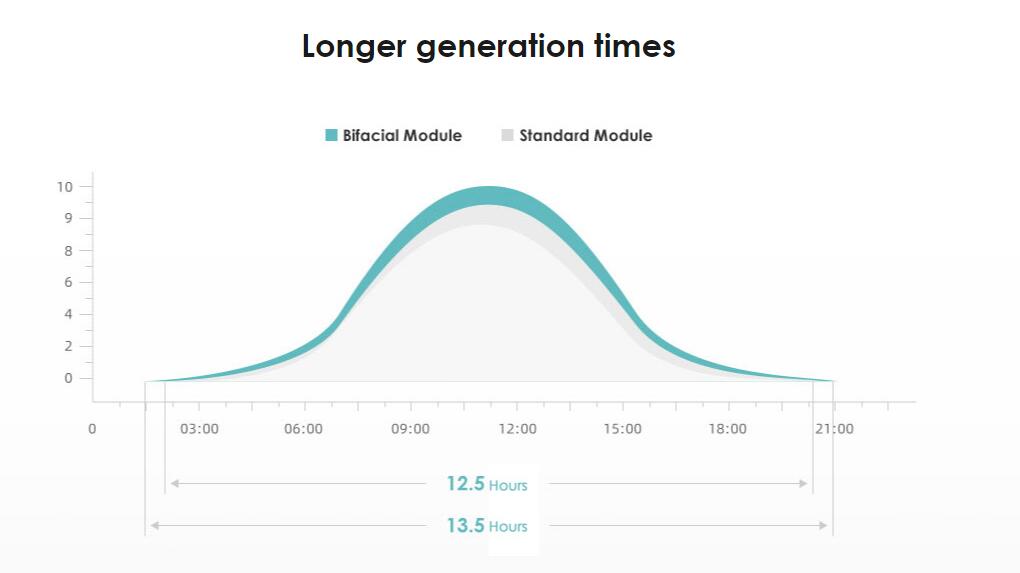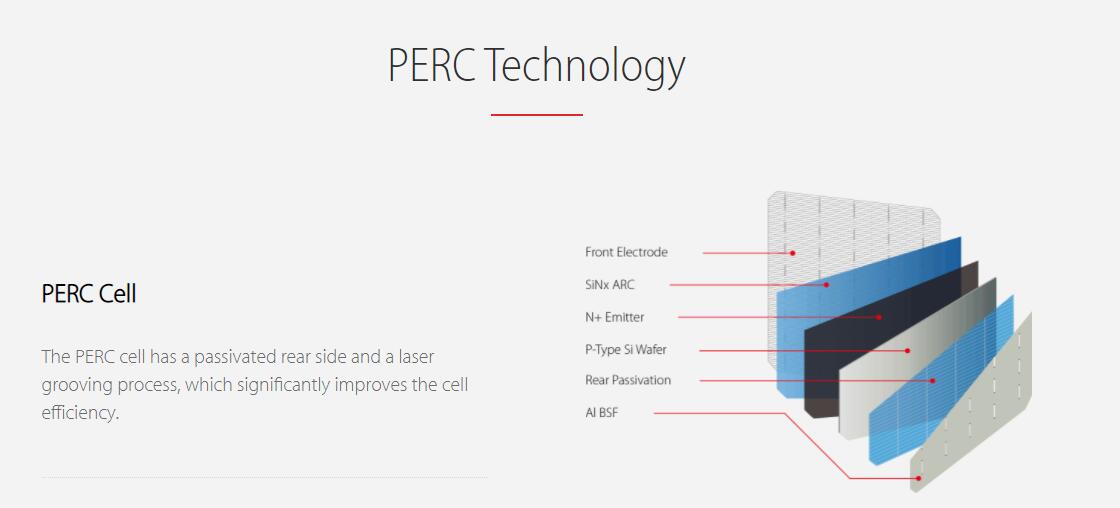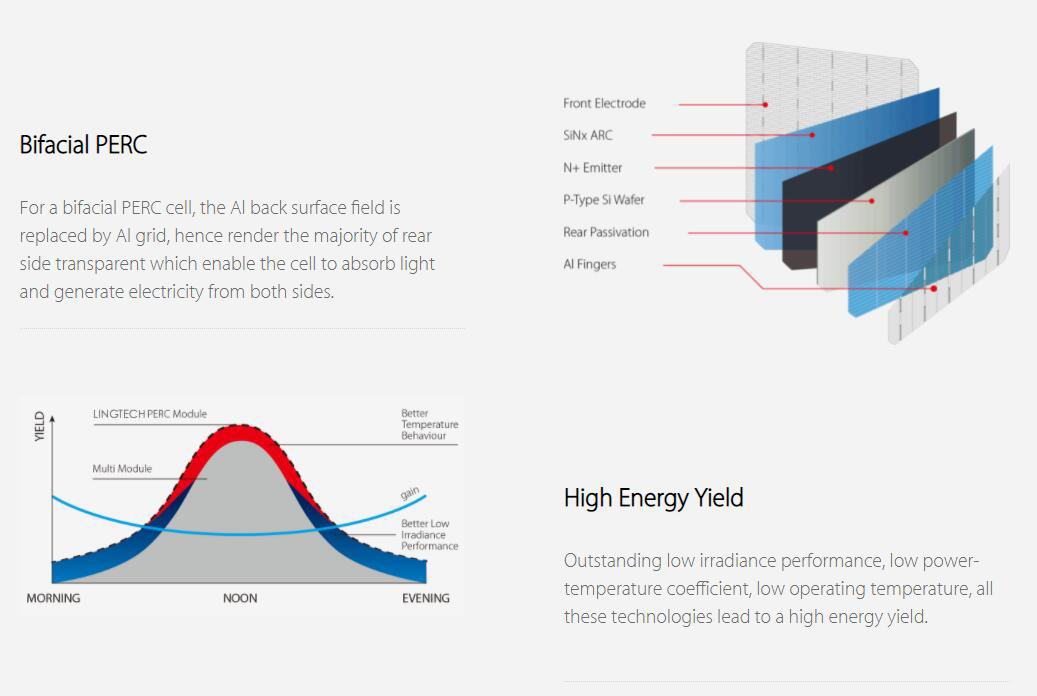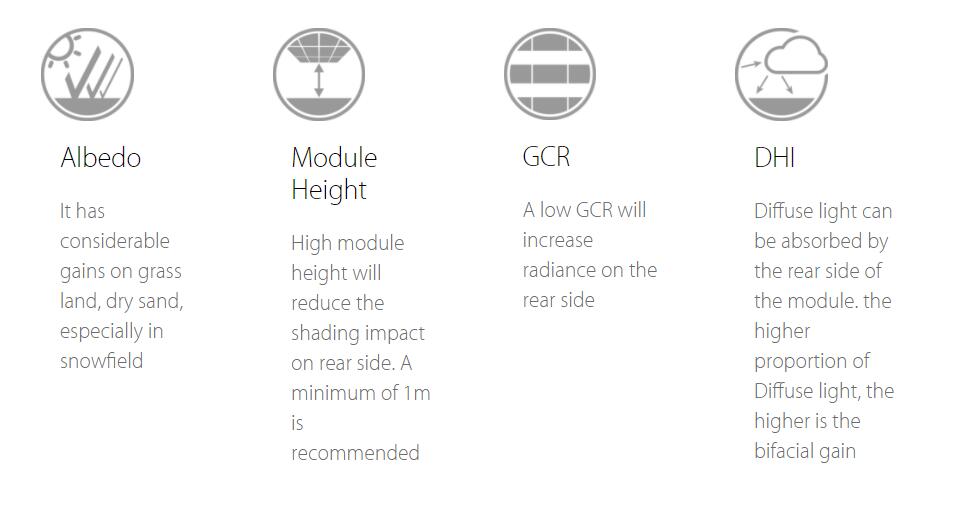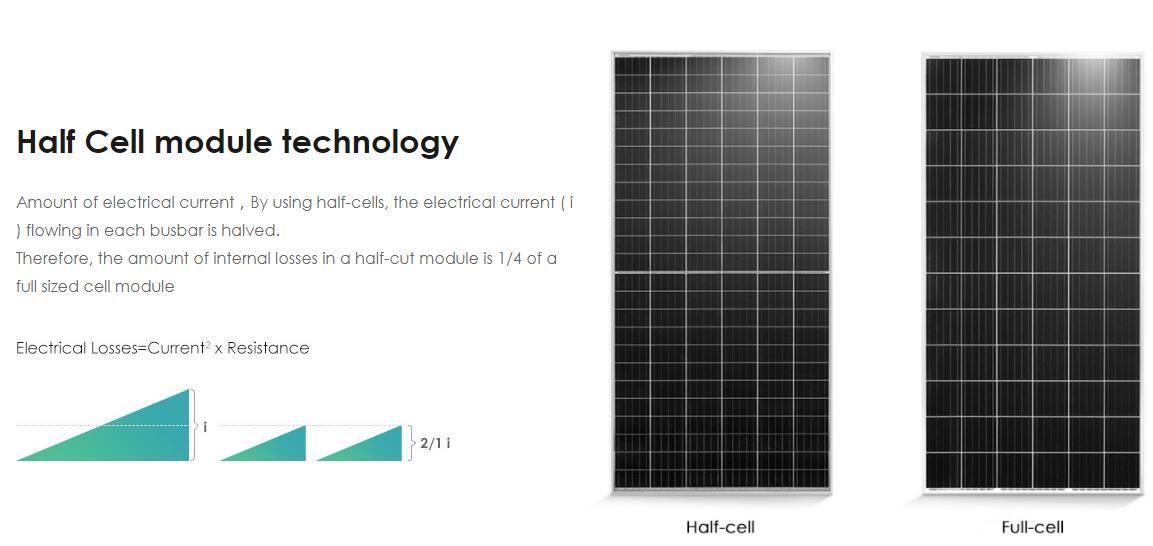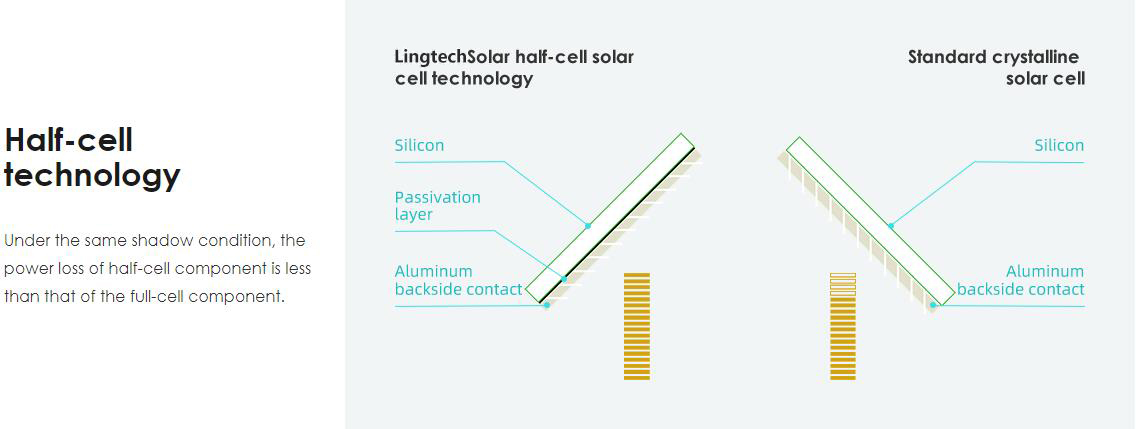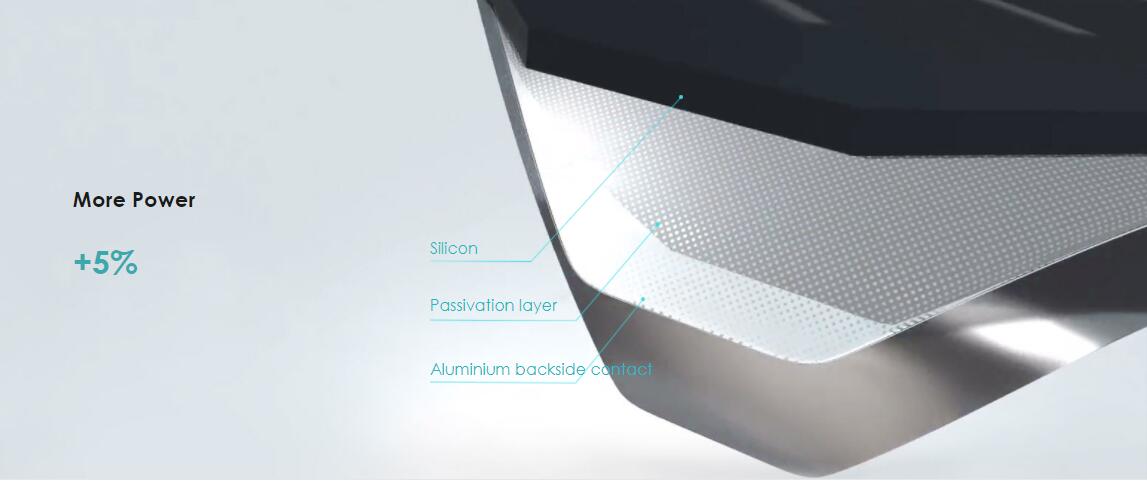jeff@lingtechsolar.com
Tel:+86 755 23200509
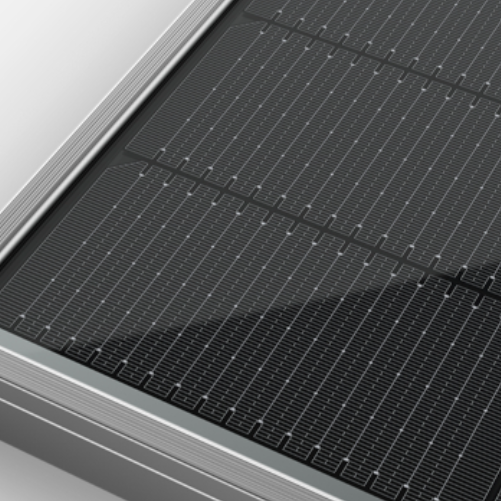 topcon technology[/caption]
We have found that TOPCon makes PERC batteries more powerful and efficient.
The theoretical efficiency limit of Plain PERC technology is approximately 24%, which represents the solar energy consumption of the panel.
The efficiency of TOPCon will continue to improve in 2022: Trina Solar will reach 25.5% in March with the largest 210mm battery size. Due to TOPCon's easy improvement in battery efficiency and reliability, this innovation may soon enter the Western market.
Higher efficiency allows the panel to obtain more energy per unit area, "he said. Compared to 70% of PERC, TOPcon has a "double-sided" rate of 80%, which allows TOPcon modules to obtain more energy from the back compared to PERC double-sided modules, which is beneficial for ground mounted utility projects.
Compared to the new manufacturing process, these battery advancements are quite easy to achieve on PERC batteries. PERC adds a passivation film on the back of a regular solar cell to absorb more light that may have already passed through the initial surface of the cell. TOPCon uses the same PERC membrane.
We Lingtech expect TOPcon to be the mainstream of the future. Because it can produce more power.
topcon technology[/caption]
We have found that TOPCon makes PERC batteries more powerful and efficient.
The theoretical efficiency limit of Plain PERC technology is approximately 24%, which represents the solar energy consumption of the panel.
The efficiency of TOPCon will continue to improve in 2022: Trina Solar will reach 25.5% in March with the largest 210mm battery size. Due to TOPCon's easy improvement in battery efficiency and reliability, this innovation may soon enter the Western market.
Higher efficiency allows the panel to obtain more energy per unit area, "he said. Compared to 70% of PERC, TOPcon has a "double-sided" rate of 80%, which allows TOPcon modules to obtain more energy from the back compared to PERC double-sided modules, which is beneficial for ground mounted utility projects.
Compared to the new manufacturing process, these battery advancements are quite easy to achieve on PERC batteries. PERC adds a passivation film on the back of a regular solar cell to absorb more light that may have already passed through the initial surface of the cell. TOPCon uses the same PERC membrane.
We Lingtech expect TOPcon to be the mainstream of the future. Because it can produce more power.
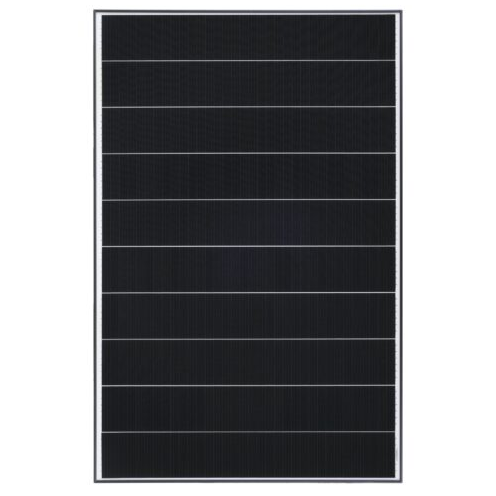 lingtech shingled solar module 420W[/caption]
Different from the traditional solar panel, the traditional solar panel welding is to weld the positive and negative poles of the solar panel through copper strips, and the gap between the panels should be 2-4mm (depending on the size of the panel). And the shingled solar panel components do not have these, so under the same area, the power of shingled solar panels will be greater than traditional solar panels, and natural power generation will be more. Alternatively, under the same power, the area of shingled solar panels will be smaller than that of traditional solar panels, but the area receiving direct sunlight will not be smaller.
What is shingled solar technology?
Shingled solar refers to the use of laser slicing technology to cut the entire battery into several small battery strips, and use conductive adhesive to flexibly connect the layers of the battery strips. This operation can optimize the component structure, achieve zero spacing between battery cells, and place 5% more battery cells in the same version compared to other types of components, effectively improving the module's light receiving area.
The latest generation of efficient tile stacking technology adopts battery surface optimization technology, improving the ability to collect current and further increasing the energy density limit of component packaging
High density photovoltaic modules packaged using shingled solar technology have five unique product advantages, allowing shingled solar modules to have stronger "vitality" than traditional modules.
1、 Higher conversion efficiency
Due to limitations in the welding process of traditional components, there is usually a 2mm gap between battery cells, resulting in a large amount of blank area in the components. In the shingled solar module, the distance between the battery cells and the stack of the battery cells is 0, which can encapsulate more battery cells in the same area, thereby improving the conversion efficiency of the photovoltaic module.
Traditional battery cell welding vs. shingled solar cell welding
2、 Stronger resistance to hot spots
The "hot spot effect" of photovoltaic modules is one of the most important factors affecting the power generation of the module. When the "hot spot effect" reaches a certain level, continuous local heating and high temperature can burn the module, causing glass fragmentation, battery cell charring, and back plate burning through. Even if the components are not burned out, hot spots can directly shorten the service life of photovoltaic modules by 30%, which in the long run will cause photovoltaic module failure.
3、 Lower risk of cracking
The components using shingled technology are flexibly connected to the battery cells through conductive adhesive, with uniform stress distribution. This not only adapts to thinner silicon wafers, but also reduces the risk of cracking.
Traditional components may experience hidden cracks during use, with the maximum possible length of the hidden cracks extending to the entire length of the battery cell (half of the length), while stacked components may extend up to 1/6 of the entire length of the battery cell (determined by the number of slices). The laminated tile component can effectively limit the impact of hidden cracks to a smaller area, and even if hidden cracks occur, the power loss of the component will be less
4、 Less occlusion impact
The shielding of the photovoltaic power station will not only reduce the power generation efficiency of the module, but also may lead to the generation of hot spots, bringing hidden dangers to the safety of the power station. Compared to ordinary photovoltaic modules, the impact of occlusion on shingled solar modules is much smaller.
When the component is installed vertically, the bottom string is blocked, and the power attenuation of the conventional half piece component is 50%, while the power attenuation of the conventional whole piece component is 100%. And the power attenuation of the stacked tile component is only 33% when a single row of batteries fails; When the component is horizontally installed, it blocks the bottom string, and the power of conventional whole and half piece components decreases by 33%, while the power of shingled solar components only decreases by 17% due to single row battery failure.
lingtech shingled solar module 420W[/caption]
Different from the traditional solar panel, the traditional solar panel welding is to weld the positive and negative poles of the solar panel through copper strips, and the gap between the panels should be 2-4mm (depending on the size of the panel). And the shingled solar panel components do not have these, so under the same area, the power of shingled solar panels will be greater than traditional solar panels, and natural power generation will be more. Alternatively, under the same power, the area of shingled solar panels will be smaller than that of traditional solar panels, but the area receiving direct sunlight will not be smaller.
What is shingled solar technology?
Shingled solar refers to the use of laser slicing technology to cut the entire battery into several small battery strips, and use conductive adhesive to flexibly connect the layers of the battery strips. This operation can optimize the component structure, achieve zero spacing between battery cells, and place 5% more battery cells in the same version compared to other types of components, effectively improving the module's light receiving area.
The latest generation of efficient tile stacking technology adopts battery surface optimization technology, improving the ability to collect current and further increasing the energy density limit of component packaging
High density photovoltaic modules packaged using shingled solar technology have five unique product advantages, allowing shingled solar modules to have stronger "vitality" than traditional modules.
1、 Higher conversion efficiency
Due to limitations in the welding process of traditional components, there is usually a 2mm gap between battery cells, resulting in a large amount of blank area in the components. In the shingled solar module, the distance between the battery cells and the stack of the battery cells is 0, which can encapsulate more battery cells in the same area, thereby improving the conversion efficiency of the photovoltaic module.
Traditional battery cell welding vs. shingled solar cell welding
2、 Stronger resistance to hot spots
The "hot spot effect" of photovoltaic modules is one of the most important factors affecting the power generation of the module. When the "hot spot effect" reaches a certain level, continuous local heating and high temperature can burn the module, causing glass fragmentation, battery cell charring, and back plate burning through. Even if the components are not burned out, hot spots can directly shorten the service life of photovoltaic modules by 30%, which in the long run will cause photovoltaic module failure.
3、 Lower risk of cracking
The components using shingled technology are flexibly connected to the battery cells through conductive adhesive, with uniform stress distribution. This not only adapts to thinner silicon wafers, but also reduces the risk of cracking.
Traditional components may experience hidden cracks during use, with the maximum possible length of the hidden cracks extending to the entire length of the battery cell (half of the length), while stacked components may extend up to 1/6 of the entire length of the battery cell (determined by the number of slices). The laminated tile component can effectively limit the impact of hidden cracks to a smaller area, and even if hidden cracks occur, the power loss of the component will be less
4、 Less occlusion impact
The shielding of the photovoltaic power station will not only reduce the power generation efficiency of the module, but also may lead to the generation of hot spots, bringing hidden dangers to the safety of the power station. Compared to ordinary photovoltaic modules, the impact of occlusion on shingled solar modules is much smaller.
When the component is installed vertically, the bottom string is blocked, and the power attenuation of the conventional half piece component is 50%, while the power attenuation of the conventional whole piece component is 100%. And the power attenuation of the stacked tile component is only 33% when a single row of batteries fails; When the component is horizontally installed, it blocks the bottom string, and the power of conventional whole and half piece components decreases by 33%, while the power of shingled solar components only decreases by 17% due to single row battery failure.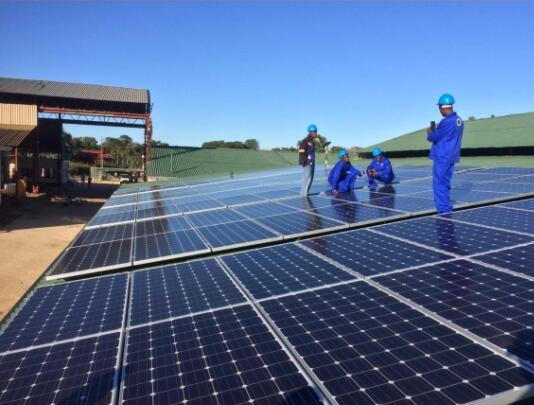
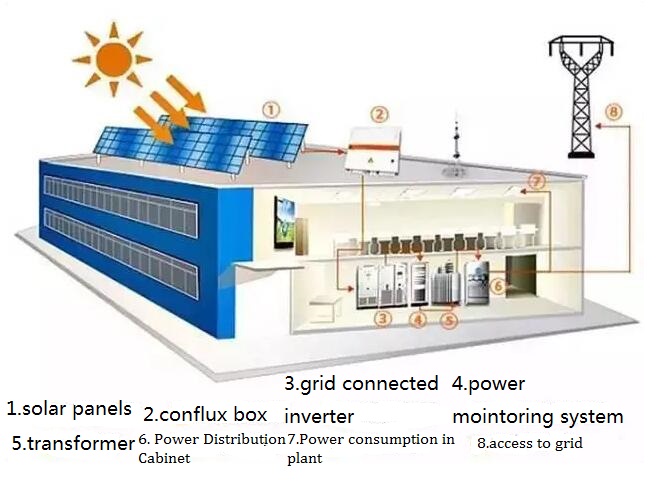 industrial commercial rooftop solar pv grid system[/caption]
industrial commercial rooftop solar pv grid system[/caption]
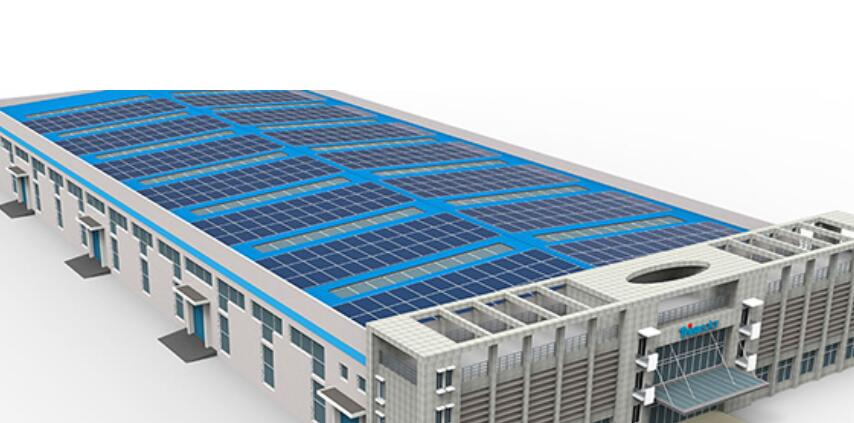 ◆ For enterprises to save peak electricity charges (peak power generation in the daytime), surplus electricity can be sold online. Reduce the internal temperature of the factory, increase the cost of working comfort and cooling in summer.
◆ Can better fulfill the energy conservation and emission reduction targets stipulated by the government.
◆ Not limited by the distribution of resources, using the advantages of building roof safe and reliable, no noise, no pollution. ◆ Use the nearest user side access, without long-distance transportation, to avoid the loss of long-distance transmission lines. ◆ Solar power generation system construction cycle is short, energy acquisition time is short, convenient and flexible, according to the increase and decrease of load, arbitrarily add or reduce solar array, avoid waste.
◆ Good investment returns, can run for at least 25 years. No fuel, low operating cost, power generation process is not easy to produce pollution waste, is the ideal clean energy.
◆ For enterprises to save peak electricity charges (peak power generation in the daytime), surplus electricity can be sold online. Reduce the internal temperature of the factory, increase the cost of working comfort and cooling in summer.
◆ Can better fulfill the energy conservation and emission reduction targets stipulated by the government.
◆ Not limited by the distribution of resources, using the advantages of building roof safe and reliable, no noise, no pollution. ◆ Use the nearest user side access, without long-distance transportation, to avoid the loss of long-distance transmission lines. ◆ Solar power generation system construction cycle is short, energy acquisition time is short, convenient and flexible, according to the increase and decrease of load, arbitrarily add or reduce solar array, avoid waste.
◆ Good investment returns, can run for at least 25 years. No fuel, low operating cost, power generation process is not easy to produce pollution waste, is the ideal clean energy.

